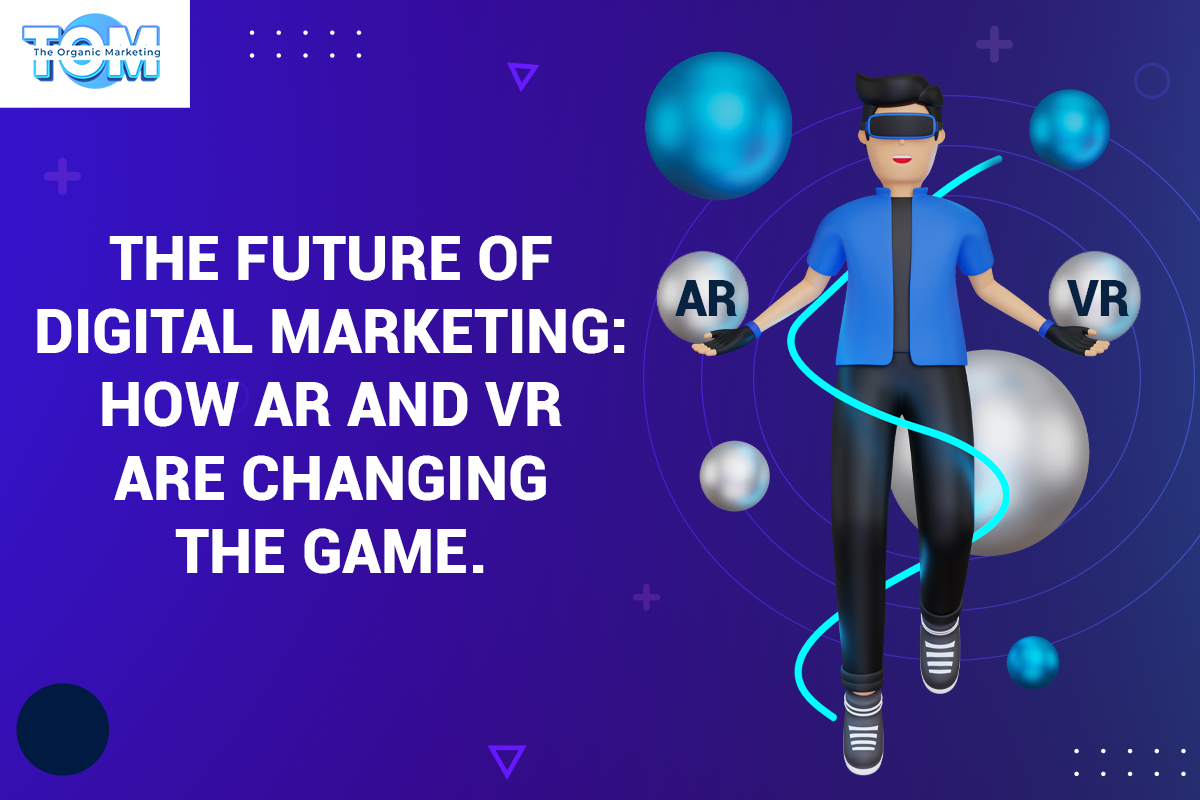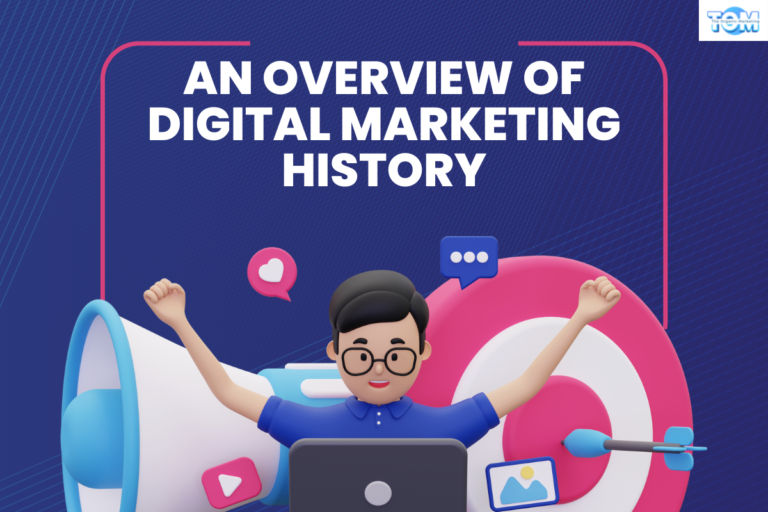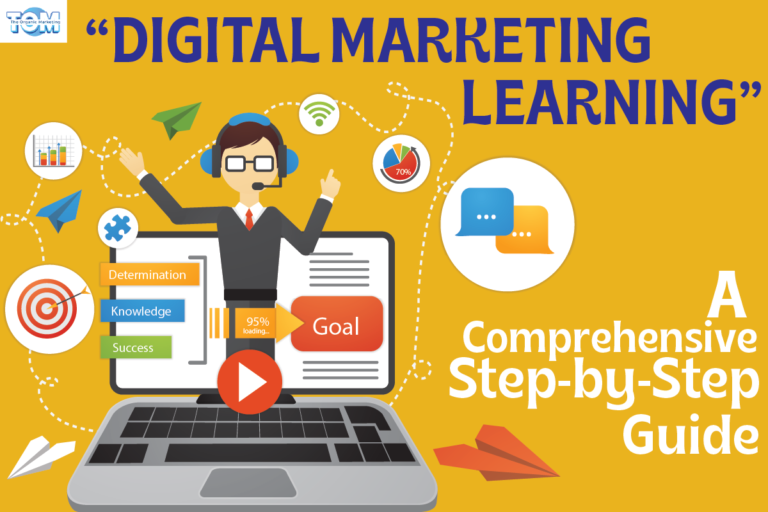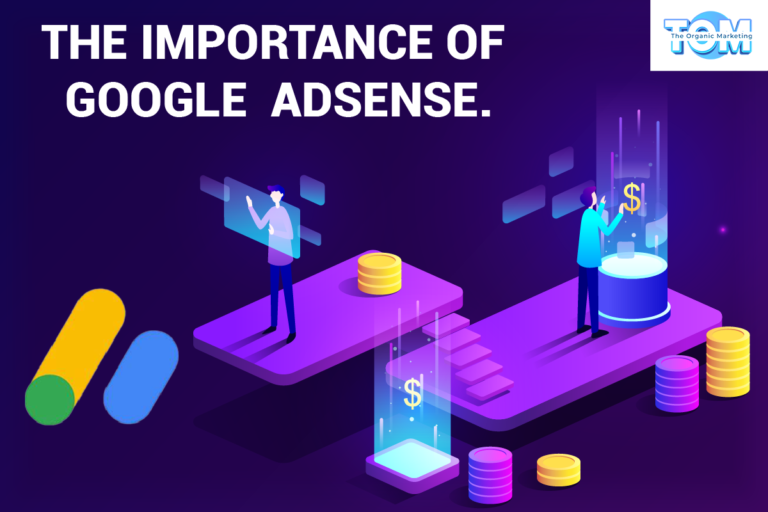The Future of Digital Marketing: How AR and VR are Changing the Game
A Glimpse into a New Reality
You’re walking down a bustling city street, passing by a popular fashion retailer. As you approach the store, your smartphone buzzes with a notification. Curious, you take it out and see an intriguing message inviting you to step into a virtual fitting room. Intrigued, you open the app, and suddenly, your phone’s camera transforms into a magic mirror. You see yourself reflected on the screen, but now, with a tap, you can try on different outfits, mix and match accessories, and even experiment with various hairstyles—all in real-time and without ever stepping foot inside the store. This is the power of Augmented Reality (AR) and Virtual Reality (VR) in changing the game of digital marketing.
The Rise of AR in Digital Marketing
- AR Revolutionizing the Retail Experience: Augmented Reality has been making waves in the digital marketing landscape, transforming how brands engage with their audiences. One notable example of AR’s impact is in the retail industry. With AR, brands can provide virtual try-on experiences, allowing customers to visualize products in their own environment before making a purchase.
- Interactive Advertising through AR: AR also opens up endless opportunities for interactive advertising campaigns. Brands can create AR experiences that come to life through smartphone apps, engaging customers in unique and memorable ways. For instance, a beverage company could develop an AR game where users catch virtual objects with their phone’s camera, earning points and discounts with each successful catch. This not only increases brand awareness but also encourages customer participation and builds brand loyalty.
VR: Immersion and Experiential Marketing
- Stepping into Extraordinary Worlds: While AR enhances the real world, Virtual Reality takes us on extraordinary journeys to entirely new realms. VR’s immersive capabilities have revolutionized the way brands approach experiential marketing, allowing them to transport customers to extraordinary environments and create unforgettable interactions.
- Virtual Experiences for Destination Marketing: A luxury resort could provide a virtual tour of their stunning property, showcasing lavish suites, picturesque views, and breathtaking amenities. This immersive experience allows potential customers to envision themselves on a dream vacation, influencing their decision-making process and driving bookings.
Storytelling and Emotional Connections
- Crafting Compelling Narratives with VR: One of the most powerful aspects of both AR and VR is their ability to create compelling narratives and forge emotional connections with audiences. By immersing users in a captivating story, brands can elicit strong emotions and leave a lasting impact.
- Augmenting Traditional Advertising with AR: Similarly, AR can be utilized to bring static advertisements to life. Imagine scanning a print ad with your smartphone and witnessing an engaging AR experience unfold before your eyes—a dynamic video, interactive elements, and a call-to-action that takes you directly to a purchase page. AR adds a layer of interactivity and excitement to traditional advertising, increasing engagement and conversion rates.
Data-Driven Personalization: Harnessing Insights for Personalized Experiences
One of the key benefits of AR and VR in digital marketing is the ability to gather valuable data and deliver highly personalized experiences. By tracking user interactions and preferences within these immersive environments, marketers can gain deeper insights into consumer behavior and tailor their offerings accordingly.
Challenges and Future Prospects: Addressing Cost and Accessibility Concerns
While the future of AR and VR in digital marketing seems promising, there are still challenges to overcome. The cost of implementing these technologies, the need for specialized content creation, and ensuring widespread accessibility are among the hurdles that need to be addressed.
The Ever-Expanding Possibilities of AR and VR
As technology advances and becomes more affordable, we can expect AR and VR to become integral parts of the digital marketing ecosystem. In the near future, we can anticipate even more innovative uses of AR and VR in marketing.
Embracing the Future of Digital Marketing
As technology continues to evolve, the future of digital marketing is being shaped by the immersive capabilities of AR and VR. These technologies are changing the game, providing brands with new avenues to engage with consumers, tell compelling stories, and create personalized experiences.
By embracing AR and VR now, brands can gain a competitive edge, captivating audiences and forging long-lasting connections in this exciting new era of digital marketing. The possibilities are endless in the era we live in.
Contact The Organic Marketing to explore the endless possibilities of AR and VR in transforming your digital marketing strategy. Let’s shape the future together.






